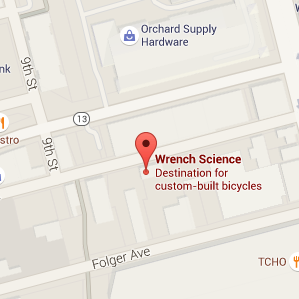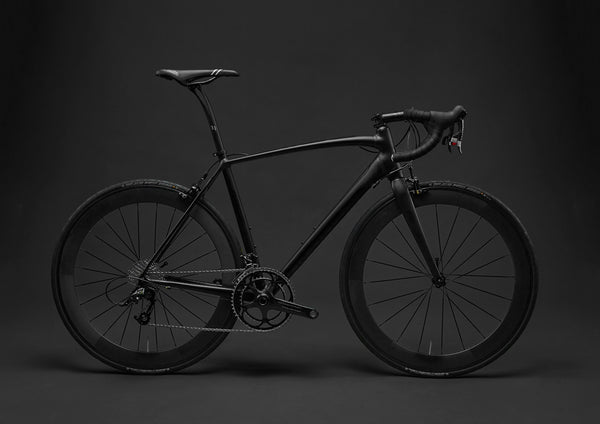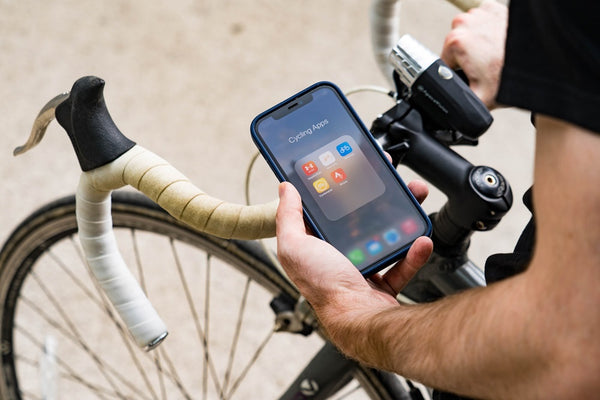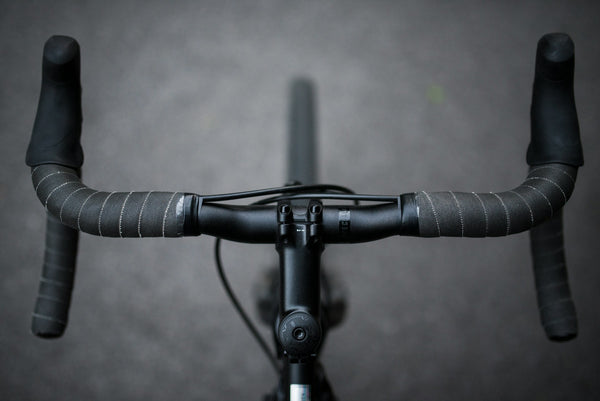Choosing the right electric bike starts with the same question that any bike purchase should ask: what type of riding do I want to do? Having that knowledge will help you narrow down your possible choices pretty quickly.
How To Choose an Electric Bike - Consider What Purpose Will It Serve!
Are you looking to have a road bike that can help boost you up big climbs to keep up with fitter friends? Are you interested in having a gravel bike with an extra dose of free speed so that you can go farther faster on your gravel adventures? Are you a keen downhill mountain biker and want to have an electric enduro bike that will help you get up the mountains without struggling or taking a ski lift? Or are you trying to go greener on your transportation choices and looking to add a commuting or even cargo e-bike to your lifestyle?
These are among the most common reasons people consider buying an electric bike. Perhaps one or more of the reasons sounds familiar to your own considerations. Maybe you’ll even want to add a couple e-bikes to your stable since a cargo e-bike can be super useful but not so much fun on group rides, which may necessitate getting a road e-bike as well. There’s nothing wrong with that; we’re firm believers in having the right bike for the situation.
But in any case, there are additional issues you will want to be aware of before you finalize a purchase of your next e-bike.
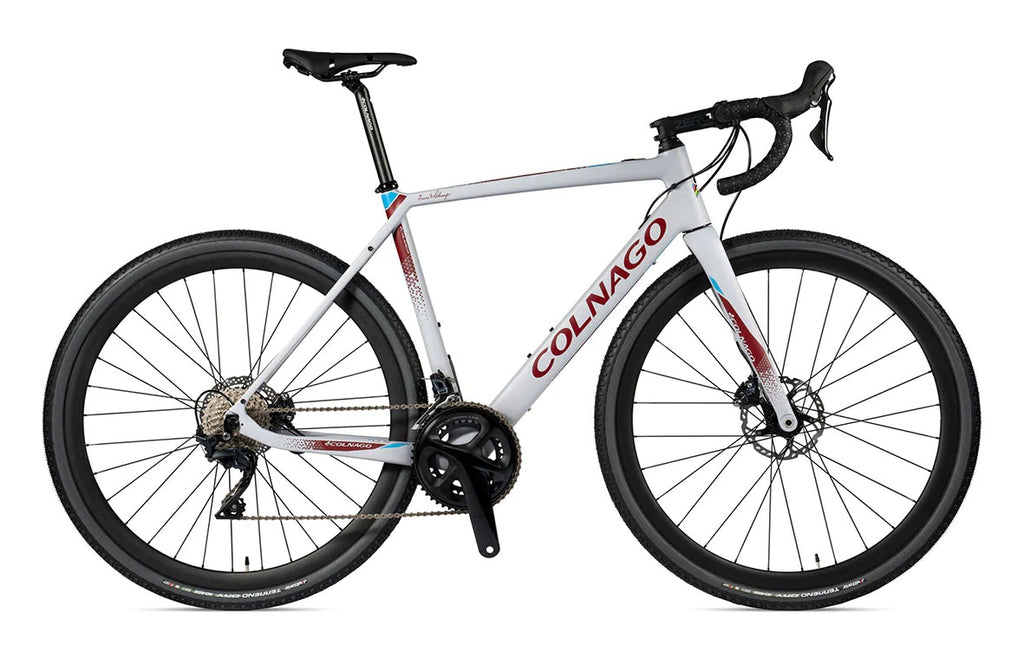
Electric Bike Classes
E-bikes are slotted into three different classes according to how much power their motors produce:
Those classes are:
- Class 1: The motor engages when you pedal, and disengages at 20 mph.
- Class 2: Has a pedal-assist mode up to 20 mph plus a purely throttle-powered mode, which works without pedaling.
- Class 3: Is solely pedal assist, but assistance extends to 28 mph.
If you want to go into more detail about e-bike classes, then go back and read our blog on what are e-bikes, where we cover some of these issues a little more deeply. Wrench Science only offers Class 1 and Class 3 e-bikes, and though you should check your local regulations, most pedal-assist e-bikes will be acceptable without requiring a special license on any road you can ride a bike, as opposed to throttle-powered e-bikes that can fall under separate road regulations.
The choice of e-assist class often is covered when you decide on what type of e-bike riding you plan on doing. But there are additional factors you will want to consider once you have settled on the intended use situations.
Electric Bike Issues To Consider
Power levels
We already covered power considerations a little in the different electric bike classes. But keep in mind if you are looking to buy an e-road bike or e-gravel bike to keep up with your fast friends, a class 1 e-bike will only assist you up to 20 mph, after which the motor will cut out and you’ll need to provide all additional speed/power.
That’s not a huge issue if you are just interested in having a bit of a boost on difficult climbs or slow gravel sections. But if you want your e-bike to help you keep up with the fast group on your Saturday morning ride, frequently 20 mph will not be enough. You might want to be certain that your e-bike is a class 3 that can do up to 28 mph (45 km/h), which will keep you a lot closer to the front riders.
Be aware, though, that certain municipalities might take a dimmer view of class 3 bikes because they are much faster.
Motor Position
This may be the hardest decision to make since there are several different ways bike manufacturers are designing their e-bikes, resulting in lots of options. The issue of where the motor and battery are placed have to do as much with weight distribution as it does with how natural the assisted pedaling feels.
There are so many options for assist system placement because each option inevitably has its pros and cons. Motors in the bottom bracket area with a battery in the oversized down tube is popular because having the motor in the BB connected directly to the pedals does encourage a more natural, immediate pedaling feel, even when the motor kicks in. Having the battery in the down tube is an obvious place to put it, but it can have the effect of requiring more material in the down tube to ensure the frame still offers the right level of security and stiffness.
The rear hub is the other popular place to put the motor, with a battery still in the downtube, but requiring much smaller frame cutouts to fit. A rear hub system works well because it can allow the frame to look clean without an oversized bottom bracket or down tube to give away the fact that you’re on an e-bike. And since the motor connects directly to the cassette and drivetrain, there is very little systemic loss of power once engaged.
Battery Life
Though no manufacturer is willing to nail down expected battery life too precisely, it is probably one of the biggest places for improvements that we will see in the coming years. Just like with e-cars, e-bike batteries are getting increasingly more efficient and longer lasting. There are still a lot of factors that go into how long you can expect a battery to last. How fast are you going? How far? How many meters are you climbing? These are the three biggest determinators for how long your battery will last.
If you have it set to its fastest mode for an entire ride, you might not get much more than 60 minutes out of a battery charge. Similarly, if you are doing a ton of climbing, you had better plan on trying to save energy on things like the descents and flats to make sure you won’t have to power the heavier e-bike up the last climb of the day.
Weight
That brings us to another issue you will want to consider when buying an e-bike. They are undeniably heavier than non-e-bikes. Even the lightest e-bikes will weigh somewhere around 12 to 13 kg, nearly twice as much as a high-end road or gravel bike. If you are looking at e-mountain bikes, then the weight difference will likely be less of an issue.
As with almost any bike purchase, the lower the weight you aim to have, the higher the price likely will be. So if you are not overly concerned about the weight of the bike, for instance when you are buying a sturdy e-bike to commute or a cargo e-bike that will need to be able to carry heavier loads, then the extra weight won’t be as much of an issue. But for those utilitarian-types of e-bikes, you will want to make sure that they have the power levels to sustain those heavier loads.
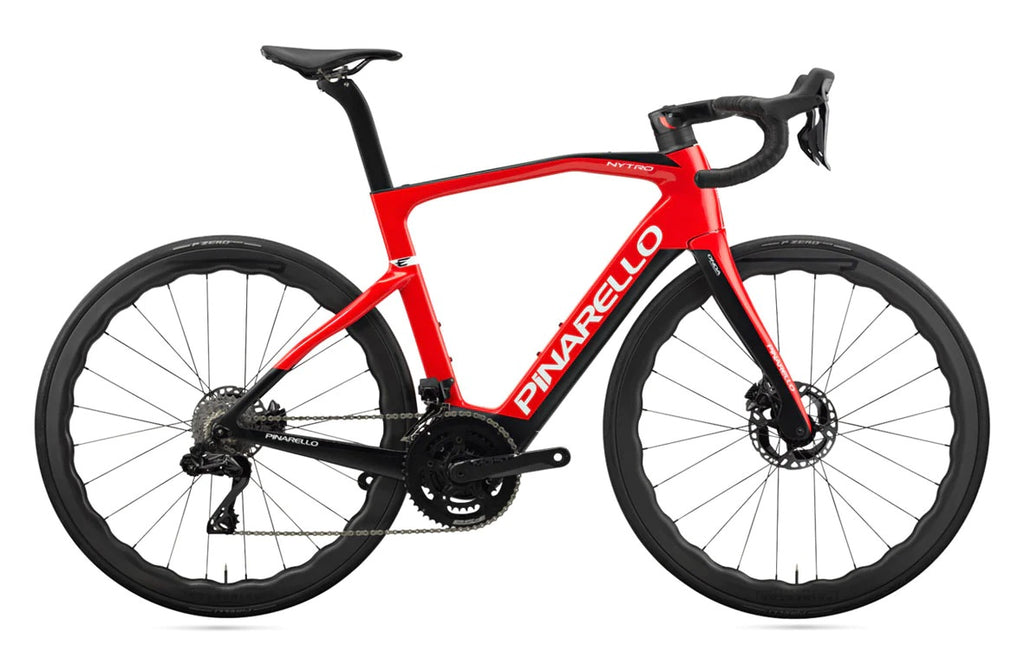
Conclusion - Choosing the Right Electric Bike For Your Needs
If you love to ride a bike, you’ll doubly love riding an electric bike. Having that extra level of power can help you enjoy harder rides, explore without having to worry about how much climbing, keep up with friends, build up stamina after illness or injury, and get back and forth to the shops without having to rely on a heavy, polluting automobile.
There is the perfect e-bike for you for every one of these activities, and more. You just need to decide what your focus will be, and you’ll fall in love all over again with being free to go anywhere on two wheels.



























































































































































































































































